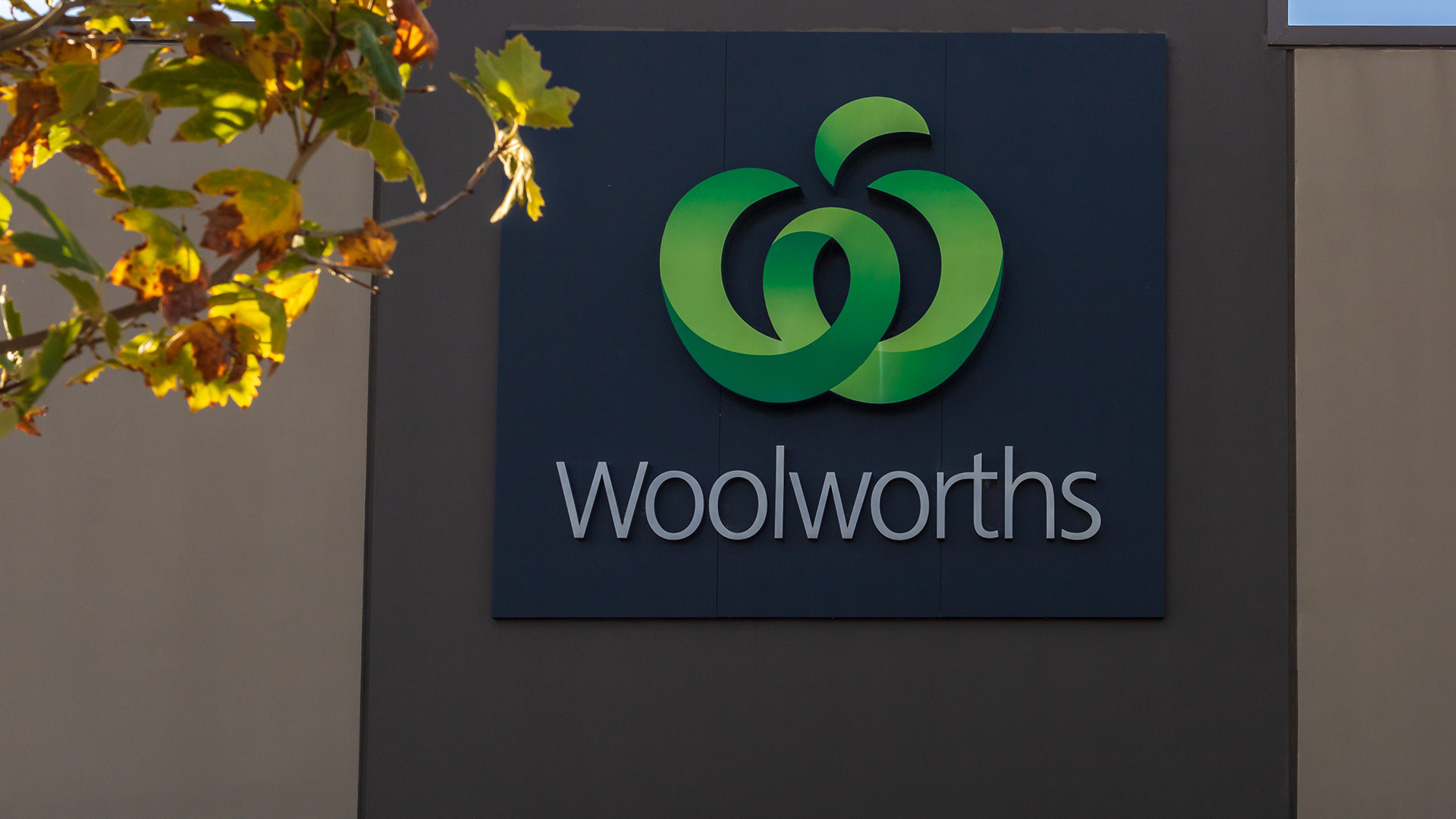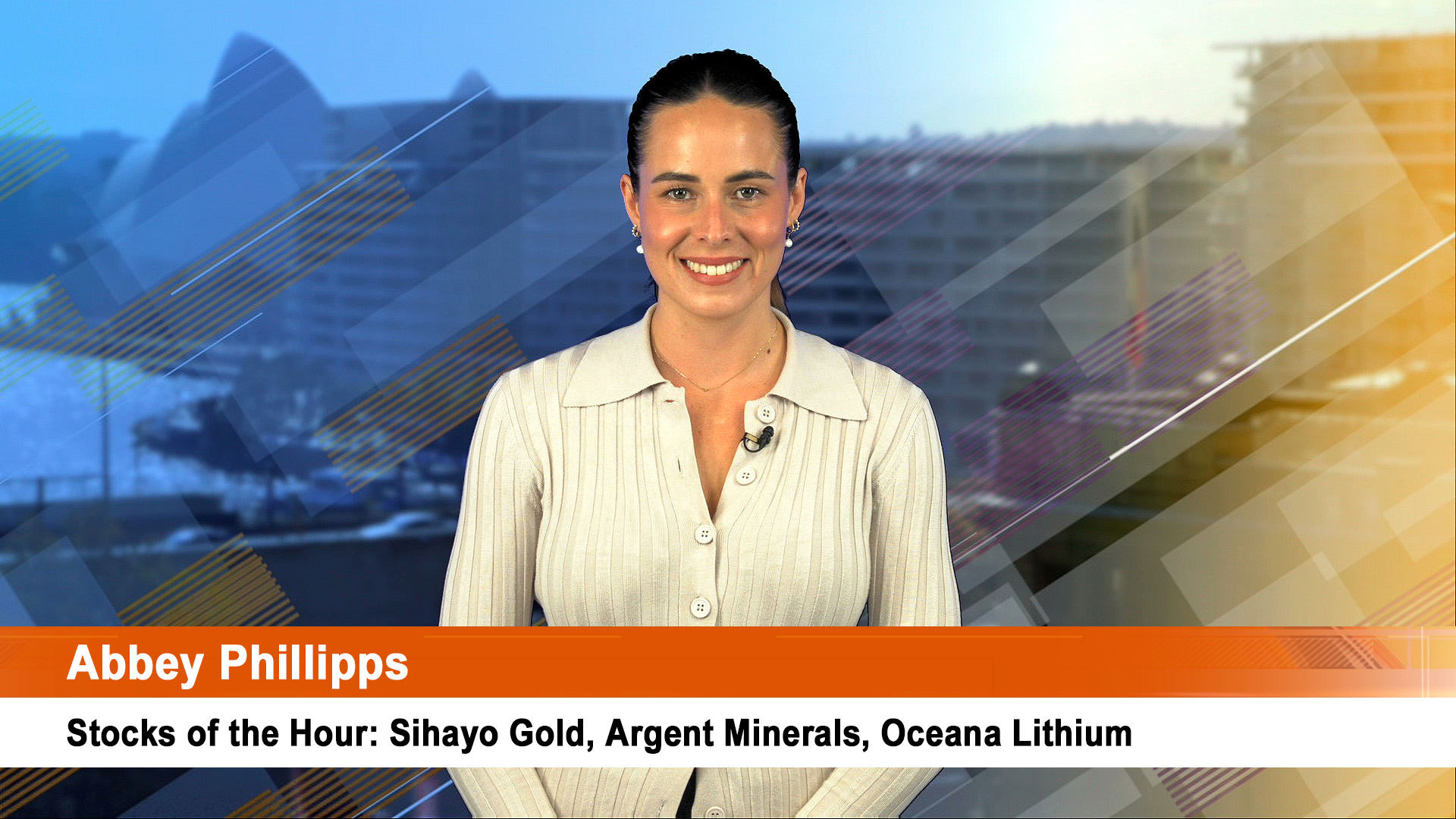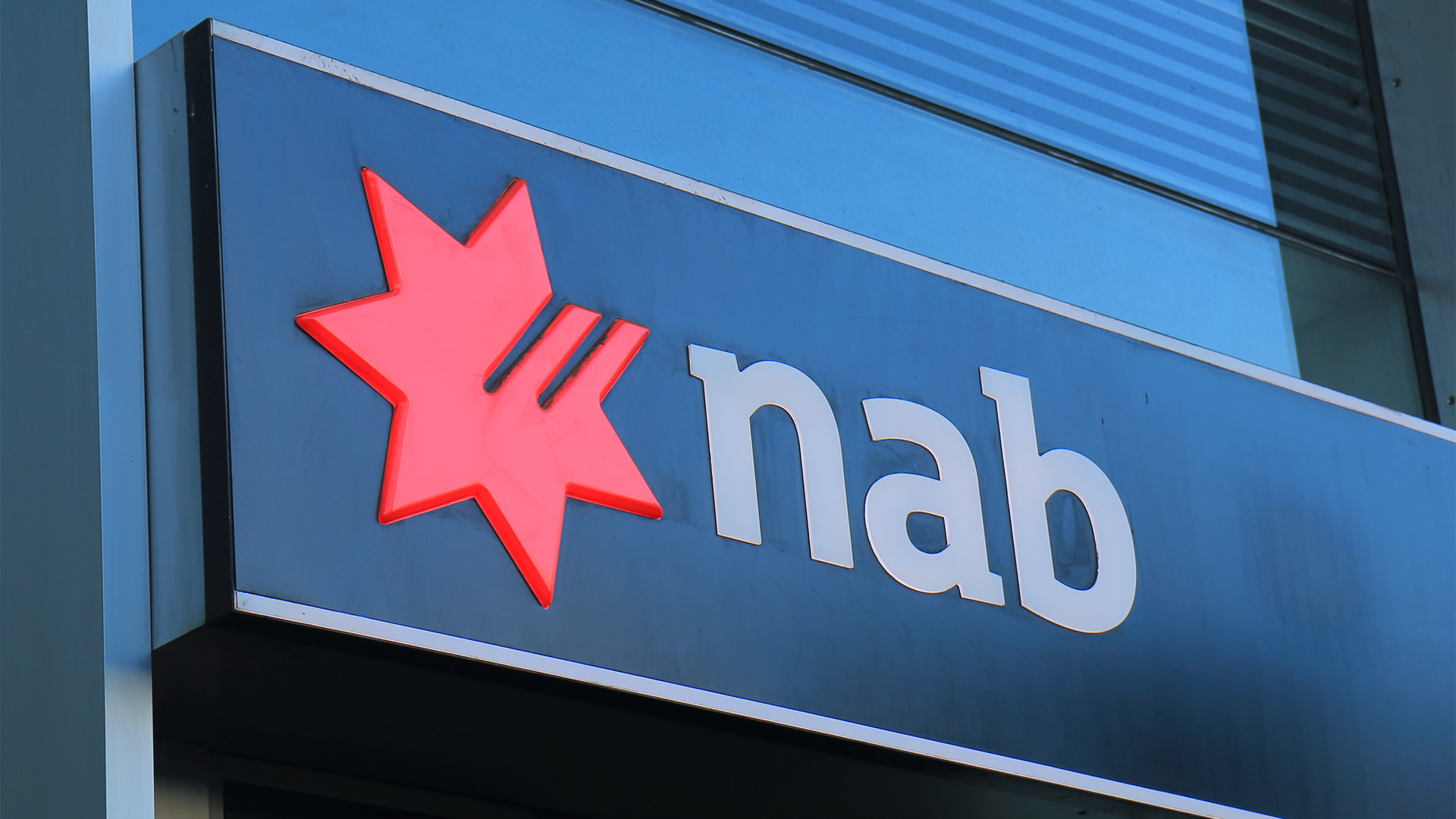Somehow it has come as a bit of a surprise for a lot of commentators and others to learn from yesterday’s jobs and unemployment data, that the economy is not creating many jobs.
Seeing that was also the message after the September, August and July jobs reports from the Australian Bureau of Statistics, and from successive speeches and statements from senior Reserve Bank officials, starting with governor Glenn Stevens, the reaction to the October jobs report was a bit over the top.
The reality is that trend employment (the best measure, not seasonally adjusted) is now falling at the rate of 4,000 jobs a month. In other words the jobs market remains very weak, and that has been the case for some time.
But it doesn’t mean a rate cut, despite the fall in the value of the dollar and commentary from some analysts.
Retail sales are growing slowly, car sales, while they have stopped growing, remain solid, exports are doing OK, home prices are surging and the construction and manufacturing sectors have both returned to expansion, according to the latest monthly surveys.
The Reserve Bank will wait and watch to see what the eight interest rate cuts can do to help rebalance the growth profile of the economy as mining investment continues to weaken.
The Australian economy shed nearly 28,000 full time jobs last month, the highest number of full-time jobs shed in 16 months (that actually could include a bit of catch up from August and September).
The unemployment rate remained steady at 5.7% in October, but lifted by 0.1 percentage points on unrounded estimates from September, with 1100 jobs added to the economy (all part time), the Bureau of Statistics said.
It’s no surprise the jobs market is struggling, and will do so for a while yet
.png)
Full-time jobs fell by 27,900 while part-time jobs rose by 28,900. The participation rate remained stable at 64.8%, the lowest level in seven years, after the September figures were revised down from 64.9%.
That weak participation rate tells us just how sluggish the jobs market is as more and more people stop looking for work.
The market had been looking for 10,000 new jobs (which is too optimistic) and a steady jobless rate.
The Australian dollar lost a third of a cent, falling from 95.22 USc to 94.96 USc.
The jobs data came as the latest figures on the construction industry showed it expanded for the first time in three years last month. It has been improving now for three months, but better home building and apartment construction activities helped drag the index back into expansion territory at 54.4 – up a huge 6.8 points.
The weakness in the labour market can’t be denied and was again underlined by the switching in jobs from full time to part time as companies seek to contain costs.
While 149, 000 part time jobs have been created over the last year, there has been a loss of 59,000 full time jobs. Hours worked also rose last month, thanks to those extra part time jobs.
The AMP’s Dr Shane Oliver said yesterday, "The decline in the participation rate, which is due to a combination of discouraged workers giving up the search for jobs along with baby boomers starting to retire, is masking a more significant rise in the unemployment rate. For example, if the participation rate had remained at its 2011 average of 65.5%, the unemployment rate would now be running around 6.8%.
"The downtrend in the participation rate may mean though that the unemployment rate will top out around 6% or maybe just below in the next six months, rather than Federal Treasury’s forecast for a rise to 6.25%. This could at least dampen the negative impact on confidence that flows from headlines of rising unemployment."
"It’s important to note that employment is a lagging indicator of the economy and the softness we are seeing now reflects the weakness in the economy seen over the last year. With leading economic indicators like prices for houses and shares, housing construction approvals and business and consumer confidence on the rise this suggests that jobs growth should start to improve sometime around mid-next year. A stabilisation in the ANZ job ads survey in the last two months is consistent with this," he wrote.
And if you look at the graphs accompanying the jobs report from the ABS, there’s a clear sign that in trend terms the unemployment is starting to peak, but the number of employed people might have a few more negative months to be reported.
On a trend basis, the last month jobs were created was back in July, trend unemployment has fallen from 11.660 million to 11.36 million in October and the trend participation rate is down to 64.8% from 65.2% in July.
The 4th and final Statement of Monetary Policy from the Reserve Bank will be issued later this morning and will give us updated forecasts for inflation (no concern) and GDP (no real change – still sluggish).













